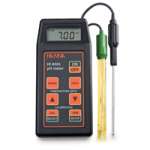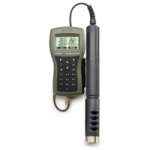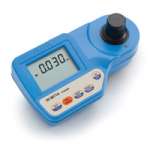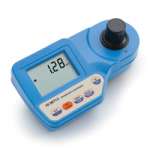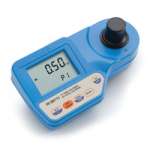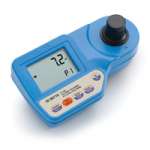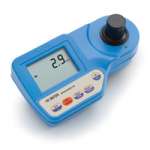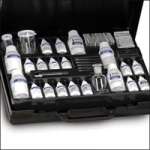
Keranjang
HANNA HI 83741-01
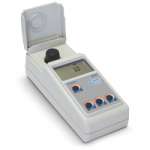
| Kategori | HANNA |
| Di lihat | 955 kali |
| Harga | Rp (hubungi cs) |
Detail Produk HANNA HI 83741-01
 HANNA HI 83741 measures the iron concentrations of both white and red wines. HI 83741 makes it possible to quickly and easily determine the state of your wine, and to act on it in case it may be necessary.
HANNA HI 83741 measures the iron concentrations of both white and red wines. HI 83741 makes it possible to quickly and easily determine the state of your wine, and to act on it in case it may be necessary.
Significance of Use
Trace iron concentrations in wine are beneficial for enzyme activity, as a stabilizer, and as a functional component for proteins.
At higher concentrations it alters the redox potential, in favoring oxidation, affecting sensory characteristics and participating in the formation of complexes with tannin and phosphates resulting in instabilities ( casse) . The most common iron case is “ white casse” ( iron phosphate) , it is initially seen as milky white cloud and later as a precipitate. The “ blue casse” ( ferric tannate) that occurs less often can be observed in white wines, for example, after tannic acid additions.
Most of the iron present in wine is present in the ferrous Fe ( II) state. The ratio of the Fe ( II) / Fe ( III) depends on the oxidation state of wine. If Fe ( III) is formed, it can bind with phosphates that are normally present in wine.
Since iron strongly binds with several organic acids, some wine makers add citric acid to the wine to complex free iron if the concentration exceeds 5 mg/ L. If no contamination, occurs the normal concentrations must be in range from 1 to 5 ppm. The most important source of iron in wine is contact with iron containing alloys during processing. During fermentation a part of the iron is absorbed by yeast and thus removed from the wine during filtration.
